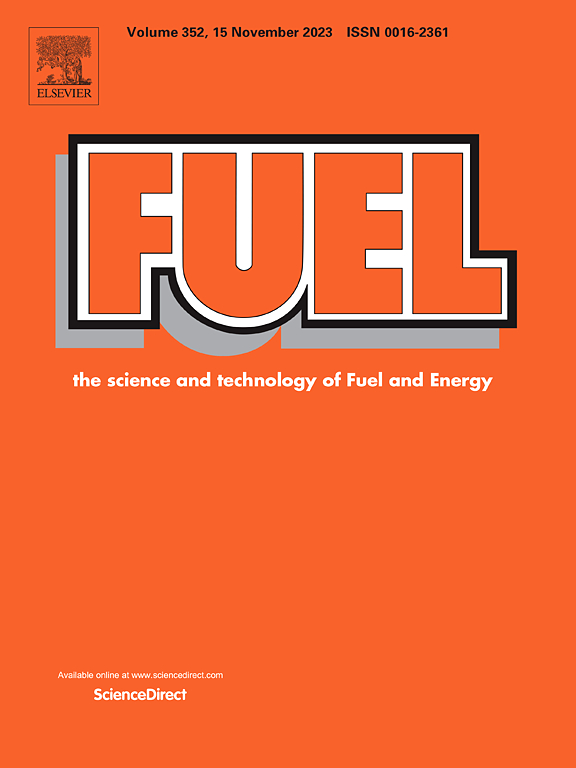Effective extractive desulfurization using novel, green and cost-effective triethanolamine-based deep eutectic solvents: Experimental design and optimization
IF 6.7
1区 工程技术
Q2 ENERGY & FUELS
引用次数: 0
Abstract
New, biodegradable, and cost-effective deep eutectic solvents (DESs) have been prepared and proposed for high-performance extractive desulfurization. Thiophenic sulfur compounds, as significant constituents of liquid fuels, can cause serious environmental problems due to their combustion. These compounds cannot be effectively removed through the utilization of hydrogen desulfurization (HDS). As a promising alternative to HDS, extractive desulfurization (EDS) using deep eutectic solvents can be employed for deep desulfurization. In this study, deep eutectic solvents composed of triethanolamine (TEOA) as hydrogen bond acceptor (HBA) and polyethylene glycol (PEG)/propionic acid (Pr) as hydrogen bond donor (HBD) were prepared and subjected to sulfur removal from model fuel (MF). The structure of the DESs was confirmed through FT − IR and 1H NMR. Response surface methodology (RSM) was explored to model and optimize the thiophene (Th) removal efficiency. The optimum conditions for three operational parameters were HBA: HBD molar ratios of 1:1, initial sulfur content of 300 ppm, and the DES:MF mass ratio of 1:1. Under optimal conditions, the maximum extraction efficiency was found to be of 70.3 % in a single stage extraction and reached about 100 % in the second cycle. Experiments were conducted under optimal conditions for the model fuels containing benzothiophene (BT) and dibenzothiophene (DBT), resulting in maximum extraction efficiencies of 64.6 % and 71.6 %, respectively. In addition, the effects of temperature, extraction time, sulfur compound structure and DES molar ratio on EDS process were investigated. The results show that deep desulfurization can effectively be performed using TEOA-based DESs under moderate and economic circumstances.

求助全文
约1分钟内获得全文
求助全文
来源期刊

Fuel
工程技术-工程:化工
CiteScore
12.80
自引率
20.30%
发文量
3506
审稿时长
64 days
期刊介绍:
The exploration of energy sources remains a critical matter of study. For the past nine decades, fuel has consistently held the forefront in primary research efforts within the field of energy science. This area of investigation encompasses a wide range of subjects, with a particular emphasis on emerging concerns like environmental factors and pollution.
 求助内容:
求助内容: 应助结果提醒方式:
应助结果提醒方式:


